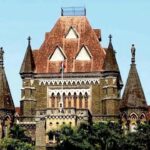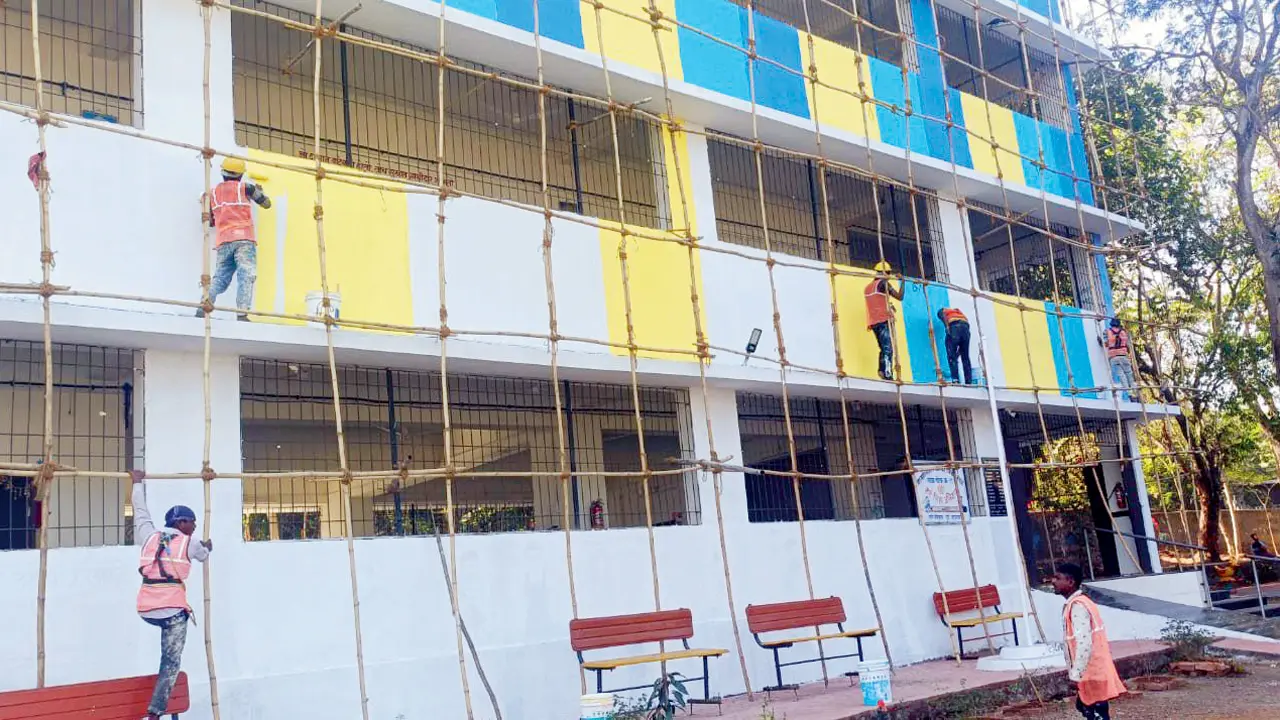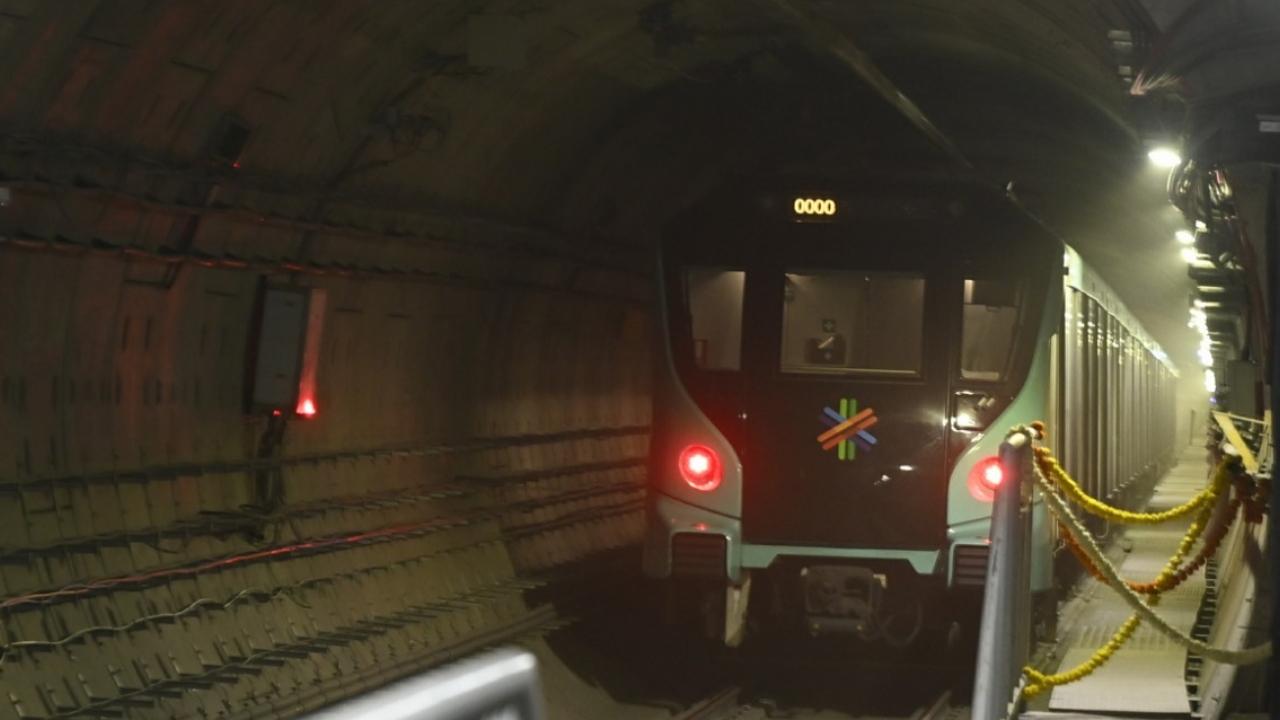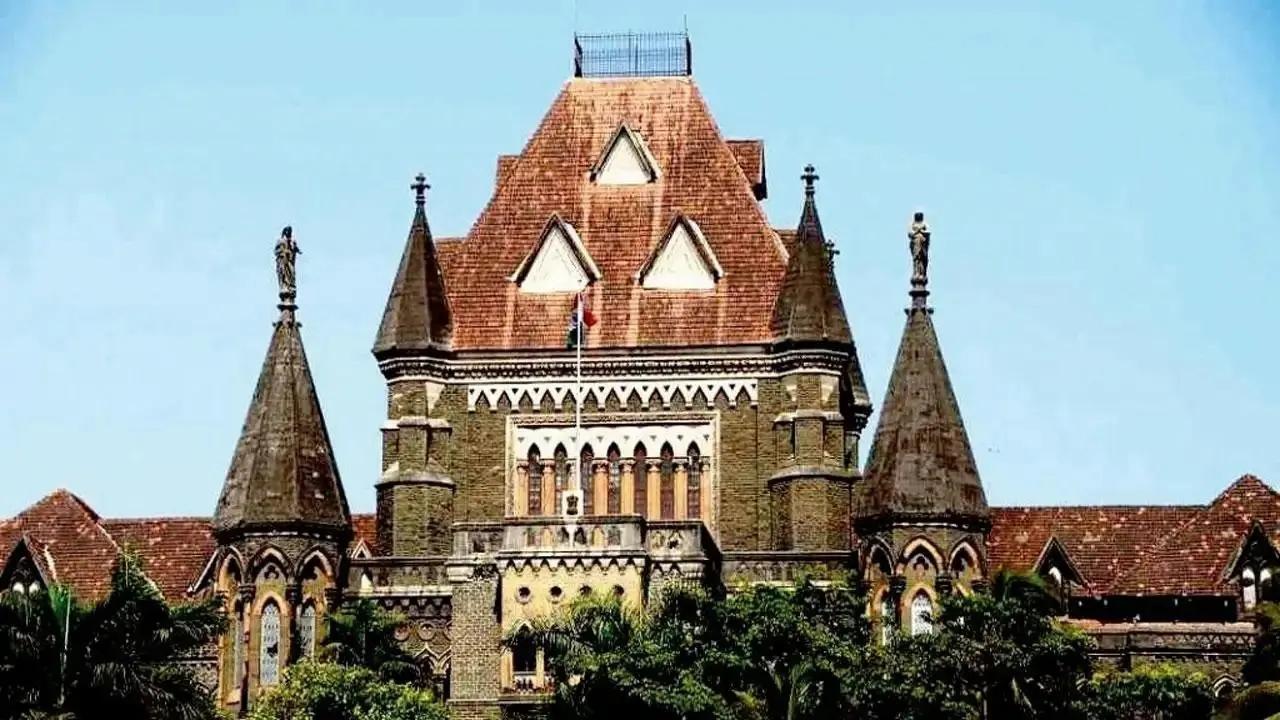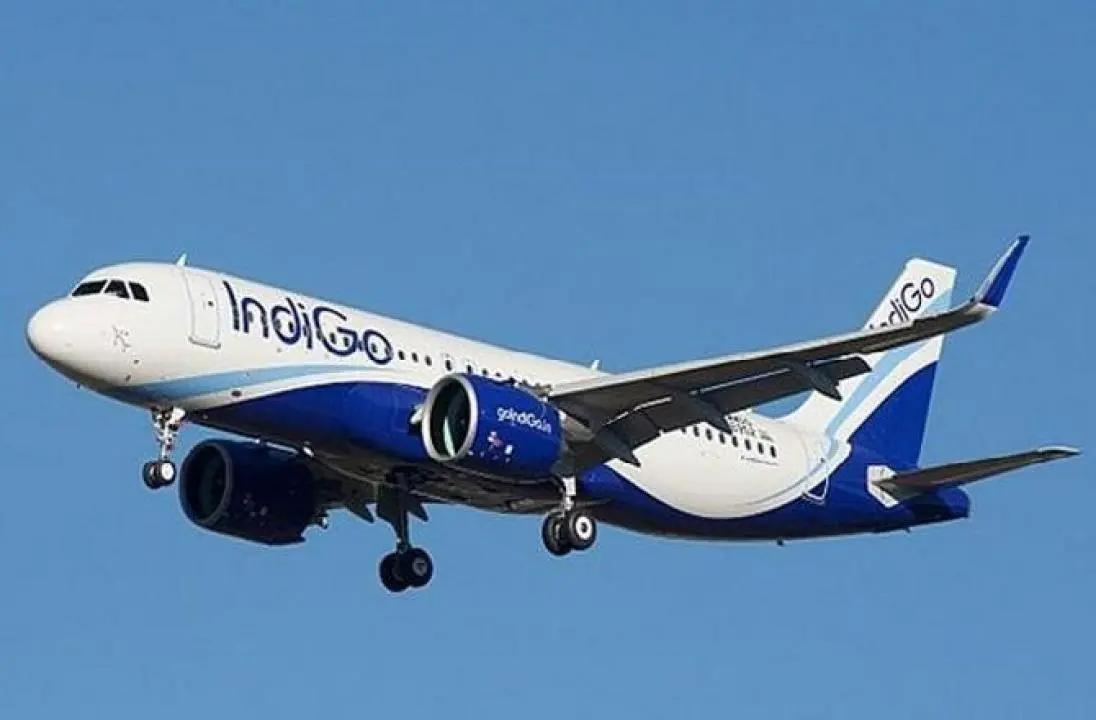Inching closer to environmentalism, Mira Bhayandar Municipal Corporation’s (MBMC) School No. 11 has gone green by reducing energy and water consumption while keeping its building cooler. The civic-run school, which accommodates over 60 students, has been coated with heat-reflective Solar Reflective Index (SRI) paint to ward off heat, with support from the Aga Khan Agency for Habitat, India.
Additionally, the school has installed energy-saving BLDC (Brushless Direct Current) fans to conserve electricity while maintaining air circulation. “Our school is situated only a few kilometres from the creek, which is why the building was always humid and muggy. Especially during the summer months, from the end of February to May, our students often suffered due to the intense heat,” said Pradnya Krishna Kant, principal of MBMC School No. 11, while speaking to mid-day.
The school also installed energy-saving BLDC fans to conserve electricity. PICS/BY SPECIAL ARRANGEMENT
“Our students were never able to focus on their tasks, nor did they finish their tiffins and mid-day meals. The younger ones would drink water to stay cool, leaving their food untouched,” explained Kant. However, starting March this year, the school adopted new technologies to improve comfort. The SRI paint helps keep the building cool by reflecting the blazing rays of the sun. The school also introduced BLDC fans, tap aerators, and dual-flush tank systems to save energy and water. These changes were implemented after the Aga Khan Agency identified three MBMC schools, No. 2, No. 11, and No. 35, as ‘heat-stressed’.
“Heat-stressed areas were first mapped using land surface temperature data. School locations were then overlaid, and those falling within the most heat-stressed zones were prioritised. The selected schools were further assessed based on their age and structural durability, community vulnerability in surrounding areas, government requirements, including their designation as potential disaster shelters, as well as the extent of direct solar exposure, lack of shading, building orientation, inadequate ventilation, and high student density leading to thermal discomfort,” said Prerana Langa, CEO of Aga Khan Agency for Habitat India, while speaking to mid-day.
While work at the other two schools is already underway, School No. 11 has already begun experiencing a more comfortable environment. The two-storied school, which houses both an anganwadi and Std I to VII, has also been awarded the prestigious EDGE Advanced Green Building Certification by the International Finance Corporation (IFC), a member of the World Bank Group.
According to the agency’s data, these measures have already resulted in 46 per cent energy savings and 40 per cent water savings, equivalent to conserving approximately 1000 litres of water every month. The retrofits have also reduced operational carbon emissions by 8.52 tCO2 annually, positioning the school as a model for climate-smart learning environments.
Weighing in on the achievement, Radhabinod Aribam Sharma, Municipal Commissioner and Administrator, MBMC, said, “MBMC’s School No. 11 receiving the EDGE Advanced certification is a proud moment for our city. After winning the Hon’ble President of India’s Award and being ranked Swachh Sheher No. 1, this milestone highlights our commitment to climate-smart, resource-efficient institutions and healthier learning spaces for our students.”





